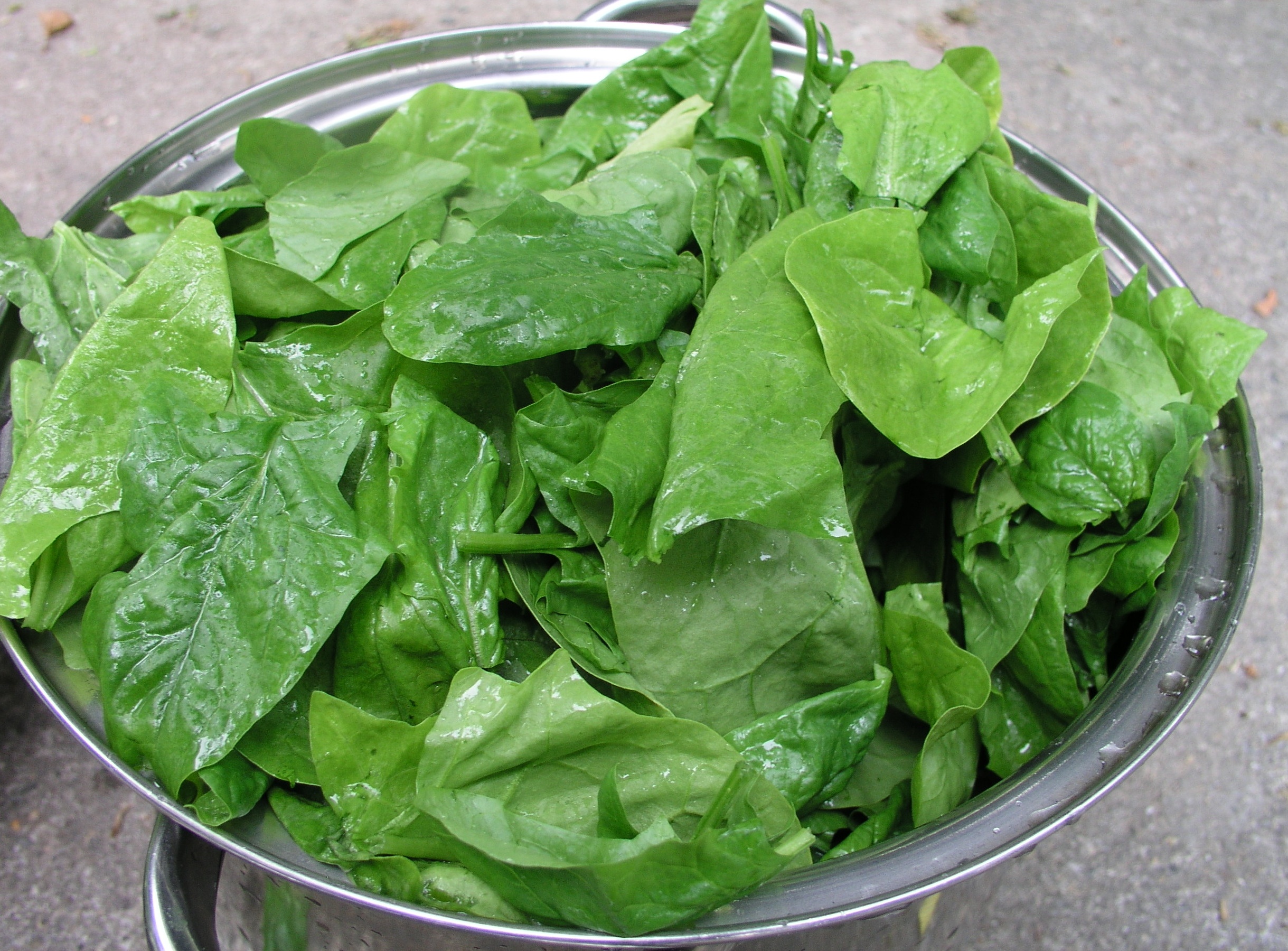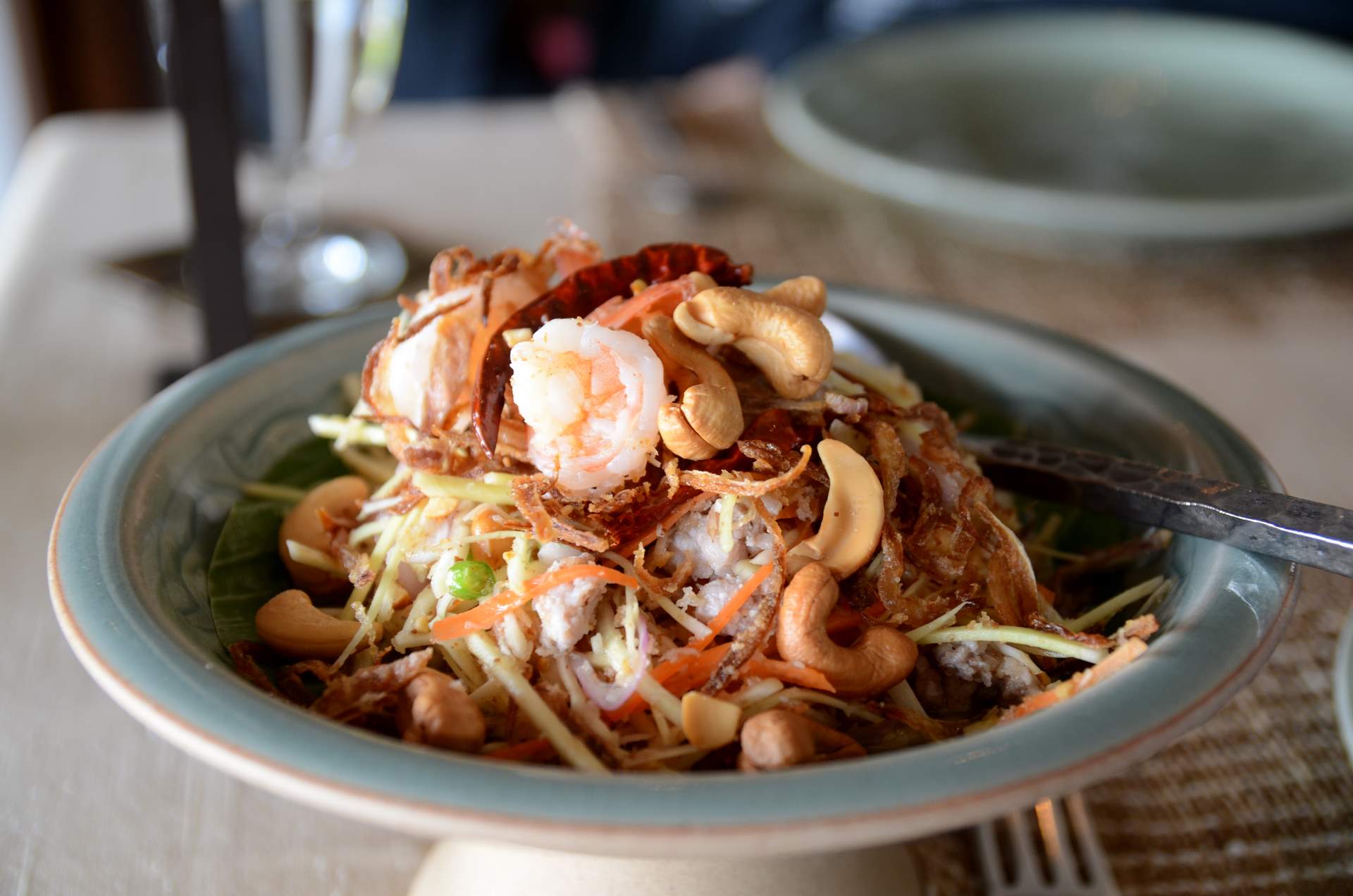|
Diplazium Esculentum
''Diplazium esculentum'', the vegetable fern, is an edible fern found throughout Asia and Oceania. It is probably the most commonly consumed fern. The genus ''Diplazium'' is in the family Athyriaceae, in the eupolypods II clade of the order Polypodiales, in the class Polypodiopsida. Description This plant is a large perennial fern with ascending rhizome of about 50 cm high and covered with short rufous scales of about 1 mm long. The plant is bipinnate with long brownish petioles, and the petiole base is black and covered with short scales. The frond can reach 1.5 m in length, and the pinnae is about 8 cm long and 2 cm wide. Uses The young fronds are stir-fried and used in salads. It is known as '' pak├┤'' ("wing") in the Philippines, ''pucuk paku'' and ''paku tanjung'' in Malaysia, ''sayur'' ''paku'' or ''pakis'' in Indonesia, ''dhekia (Ó”óÓ¦ćÓ”ĢÓ¦ĆÓ”»Ó”╝Ó”Š)'' in Assam "Dhenki Shaak (Ó”óÓ¦ćÓ”üÓ”ĢÓ”┐ Ó”ČÓ”ŠÓ”Ģ) in Bengali ", ''paloi saag'' (Ó”¬Ó”ŠÓ”▓Ó ... [...More Info...] [...Related Items...] OR: [Wikipedia] [Google] [Baidu] |
Anders Jahan Retzius
Anders Jahan Retzius (3 October 1742 ŌĆō 6 October 1821) was a Swedish chemist, botanist and entomologist. Biography Born in Kristianstad, he matriculated at Lund University in 1758, where he graduated as a filosofie magister in 1766. He also trained as an apothecary apprentice. He received the position of docent of chemistry at Lund in 1766, and of natural history in 1767. He became extraordinary professor of natural history in 1777, and thereafter held various chairs of natural history, economy and chemistry until his retirement in 1812. He died in Stockholm on 6 October 1821. He described many new species of insects and did fundamental work on their classification. Retzius was elected a member of the Royal Swedish Academy of Sciences in 1782. He was the father of Anders Retzius and grandfather of Gustaf Retzius. Disciples of Anders Jahan Retzius include the botanist Carl Adolph Agardh, the zoologist and archaeologist Sven Nilsson, the botanist and entomologist Carl Fredrik ... [...More Info...] [...Related Items...] OR: [Wikipedia] [Google] [Baidu] |
Sylheti Language
Sylheti ( Sylheti N─ügar─½: ; bn, Ó”ĖÓ”┐Ó”▓Ó¦ćÓ”¤Ó”┐ ) is an Indo-Aryan language spoken by an estimated 11 million people, primarily in the Sylhet Division of Bangladesh and in parts of Northeast India."Sylheti is an Indo-Aryan language spoken by about 11 million people in India and Bangladesh (Hammarstr├Čm et al., 2017). Sylheti is an Eastern Indo-Aryan language, primarily spoken in the Sylhet division of Bangladesh, and in Barak valley, in Assam of the India and in the northern parts of the state of Tripura in India." Besides, there are substantial numbers of Sylheti speakers within diaspora communities in the United Kingdom, the United States, Canada and the Middle East. It is variously perceived as either a dialect of Bengali or a language in its own right. While most linguists consider it an independent language,"Along the linguistic continuum of eastern Indic languages, Sylheti occupies an ambiguous position, where it is considered a distinct language by many and also ... [...More Info...] [...Related Items...] OR: [Wikipedia] [Google] [Baidu] |
Leaf Vegetables
Leaf vegetables, also called leafy greens, pot herbs, vegetable greens, or simply greens, are plant leaves eaten as a vegetable, sometimes accompanied by tender petioles and shoots. Leaf vegetables eaten raw in a salad can be called salad greens. Nearly one thousand species of plants with edible leaves are known. Leaf vegetables most often come from short-lived herbaceous plants, such as lettuce and spinach. Woody plants of various species also provide edible leaves. The leaves of many fodder crops are also edible for humans, but are usually only eaten under famine conditions. Examples include alfalfa, clover, most grasses, including wheat and barley. Food processing, such as drying and grinding into powder or pulping and pressing for juice, may be used to involve these crop leaves in a diet. Leaf vegetables contain many typical plant nutrients, but since they are photosynthetic tissues, their vitamin K levels are particularly notable. Phylloquinone, the most co ... [...More Info...] [...Related Items...] OR: [Wikipedia] [Google] [Baidu] |
Flora Of Tropical Asia
Flora (: floras or florae) is all the plant life present in a particular region or time, generally the naturally occurring ( indigenous) native plants. The corresponding term for animals is ''fauna'', and for fungi, it is '' funga''. Sometimes bacteria and fungi are also referred to as flora as in the terms ''gut flora'' or ''skin flora''. Etymology The word "flora" comes from the Latin name of Flora, the goddess of plants, flowers, and fertility in Roman mythology. The technical term "flora" is then derived from a metonymy of this goddess at the end of the sixteenth century. It was first used in poetry to denote the natural vegetation of an area, but soon also assumed the meaning of a work cataloguing such vegetation. Moreover, "Flora" was used to refer to the flowers of an artificial garden in the seventeenth century. The distinction between vegetation (the general appearance of a community) and flora (the taxonomic composition of a community) was first made by Jules Thurm ... [...More Info...] [...Related Items...] OR: [Wikipedia] [Google] [Baidu] |
Phytotaxa
''Phytotaxa'' is a peer-reviewed scientific journal for rapid publication on any aspect of systematic botany. It publishes on a wide range of subjects, but focuses on new species, monographs, floras, revisions, reviews, and typification issues. ''Phytotaxa'' covers all plant groups covered by the International Code of Nomenclature for algae, fungi, and plants, including diatoms, fungi, algae, lichens, mosses, hornworts, liverworts, and vascular plants), both living and fossil. The journal was established in 2009 by Maarten Christenhusz and the first issue appeared in October 2009. Authors have the option to publish open access. Abstracting and indexing The journal is abstracted and indexed in Science Citation Index Expanded, Current Contents/Agriculture, Biology & Environmental Sciences, and BIOSIS Previews. See also * Zootaxa ''Zootaxa'' is a peer-reviewed scientific mega journal for animal taxonomists. It is published by Magnolia Press ''Magnolia'' is a large ge ... [...More Info...] [...Related Items...] OR: [Wikipedia] [Google] [Baidu] |
Sphenomeris Chinensis
''Odontosoria chinensis'' is a fern in the family Lindsaeaceae. Commonly called lace fern ( Hawaiian: pala'─ü, palae, or palapala'─ü), it is native from India to Hawai'i, and south to Sumatra, Borneo and the Philippines, as well as other parts of the tropics and sub-tropics. It is commonly found in forest openings and disturbed areas such as landslides, along trails or roads. It grows in moist, shady areas from sea level to an elevation of 4,000 feet. Subspecies , two subspecies were recognized: * ''Odontosoria chinensis'' ssp. ''chinensis'' * ''Odontosoria chinensis'' ssp. ''tenuifolia'' (Lam.) Fraser-Jenk. & Kandel '' Odontosoria biflora'' from the Philippines has also been treated as a subspecies of this species. Uses Hawaiians made red-brown dye from the old fronds. Pala'─ü was used to treat "female ailments". It is made into a lei using the ''hili'', or ''hilo'' technique - a braiding or plaiting method with only one type of plant material. It is also made into ''haku'' wi ... [...More Info...] [...Related Items...] OR: [Wikipedia] [Google] [Baidu] |
Fiddlehead Fern
Fiddleheads or fiddlehead greens are the furled fronds of a young fern, harvested for use as a vegetable. Left on the plant, each fiddlehead would unroll into a new frond ( circinate vernation). As fiddleheads are harvested early in the season before the frond has opened and reached its full height, they are cut fairly close to the ground. Fiddleheads contain a compound associated with bracken toxicity. The fiddlehead resembles the curled ornamentation (called a ''scroll'') on the end of a stringed instrument, such as a fiddle. It is also called a crozier, after the curved staff used by bishops, which has its origins in the shepherd's crook. Varieties The fiddleheads of certain ferns are eaten as a cooked leaf vegetable. The most popular of these are: * Bracken, ''Pteridium aquilinum'', found worldwide (Toxic if not cooked fully) * Ostrich fern, ''Matteuccia struthiopteris'', found in northern regions worldwide, and the central/eastern part of North America '' ( ... [...More Info...] [...Related Items...] OR: [Wikipedia] [Google] [Baidu] |
Metro Manila
Metropolitan Manila (often shortened as Metro Manila; fil, Kalakhang Maynila), officially the National Capital Region (NCR; fil, link=no, Pambansang Punong Rehiyon), is the capital region, seat of government and one of three List of metropolitan areas in the Philippines, defined metropolitan areas in the Philippines. It is composed of 16 Cities of the Philippines#Legal classification, highly urbanized cities: the Manila, city of Manila, Quezon City, Caloocan, Las Pi├▒as, Makati, Malabon, Mandaluyong, Marikina, Muntinlupa, Navotas, Para├▒aque, Pasay, Pasig, San Juan, Metro Manila, San Juan, Taguig, and Valenzuela, Metro Manila, Valenzuela, as well as the municipality of Pateros. The region encompasses an area of and a population of as of 2020. It is the second most populous and the most densely populated Regions of the Philippines, region of the Philippines. It is also the List of metropolitan areas in Asia, 9th most populous metropolitan area in Asia and the List of larges ... [...More Info...] [...Related Items...] OR: [Wikipedia] [Google] [Baidu] |
Larry Cruz
Lorenzo "Larry" J. Cruz (September 17, 1941 ŌĆō February 4, 2008) was a Filipino restaurateur who founded the LJC Restaurant Group, which operates several restaurants in the Philippines. Among the restaurants in the said group include ''Caf├® Adriatico'', ''Cafe Havana'', ''Bistro Remedios'', and ''Abe'', which was named after his father, the writer E. Aguilar Cruz. Cruz was also a journalist and magazine publisher. Career Before entering the restaurant business, Cruz was a reporter for the Manila Times and the Philippine Herald. In the 1960s, he joined the staff of a Hong Kong-based magazine. In the early years of the administration of Philippine President Ferdinand Marcos, Cruz was a member of the presidential press office. Cruz, who was not a chef himself, established Caf├® Adriatico in Malate, Manila in 1979. The venture proved successful and helped revitalize the Malate area other restaurants and cafes within the area. Cruz expanded this venture by opening of several other ... [...More Info...] [...Related Items...] OR: [Wikipedia] [Google] [Baidu] |
Thai Salad
Salads that are internationally known as Thai salads with a few exceptions fall into four main preparation methods. In Thai cuisine these are called ''yam, tam, lap'' and ''phla''. A few other dishes can also be regarded as being a salad. Overview Thai salads often do not have raw vegetables or fruit as their main ingredient but use minced meat, seafood, or noodles instead. Similar to salads in the West, these dishes often have a souring agent, usually lime juice, and feature the addition of fresh herbs and other greens in their preparation. Thai salads are not served as entr├®es but are normally eaten as one of the main dishes in a Thai buffet-style meal, together with rice (depending on the region, this can be glutinous rice or non-glutinous rice) or the Thai rice noodle called '' khanom chin''. Specialised ''khao tom kui'' (plain rice congee) restaurants also serve a wide variety of Thai salads of the ''yam'' type as side dishes. Many Thai salads, for instance, the famous '' ... [...More Info...] [...Related Items...] OR: [Wikipedia] [Google] [Baidu] |
Alpha-glucosidase
╬▒-Glucosidase (EC 3.2.1.20, maltase, glucoinvertase, glucosidosucrase, maltase-glucoamylase, ╬▒-glucopyranosidase, glucosidoinvertase, ╬▒-D-glucosidase, ╬▒-glucoside hydrolase, ╬▒-1,4-glucosidase, ╬▒-D-glucoside glucohydrolase; systematic name ╬▒-D-glucoside glucohydrolase) is a glucosidase located in the brush border of the small intestine that acts upon ╬▒(1ŌåÆ4) bonds: : Hydrolysis of terminal, non-reducing (1ŌåÆ4)-linked ╬▒-D-glucose residues with release of D-glucose This is in contrast to ╬▓-glucosidase. ╬▒-Glucosidase breaks down starch and disaccharides to glucose. Other glucosidases include: * Cellulase * Beta-glucosidase * Debranching enzyme Mechanism ╬▒-Glucosidase hydrolyzes terminal non-reducing (1ŌåÆ4)-linked ╬▒-glucose residues to release a single ╬▒-glucose molecule. ╬▒-Glucosidase is a carbohydrate-hydrolase that releases ╬▒-glucose as opposed to ╬▓-glucose. ╬▓-Glucose residues can be released by glucoamylase, a functionally similar enzyme. The sub ... [...More Info...] [...Related Items...] OR: [Wikipedia] [Google] [Baidu] |
Bengali Language
Bengali ( ), generally known by its endonym Bangla (, ), is an Indo-Aryan language native to the Bengal region of South Asia. It is the official, national, and most widely spoken language of Bangladesh and the second most widely spoken of the 22 scheduled languages of India. With approximately 300 million native speakers and another 37 million as second language speakers, Bengali is the fifth most-spoken native language and the seventh most spoken language by total number of speakers in the world. Bengali is the fifth most spoken Indo-European language. Bengali is the official and national language of Bangladesh, with 98% of Bangladeshis using Bengali as their first language. Within India, Bengali is the official language of the states of West Bengal, Tripura and the Barak Valley region of the state of Assam. It is also a second official language of the Indian state of Jharkhand since September 2011. It is the most widely spoken language in the Andaman and Nic ... [...More Info...] [...Related Items...] OR: [Wikipedia] [Google] [Baidu] |






